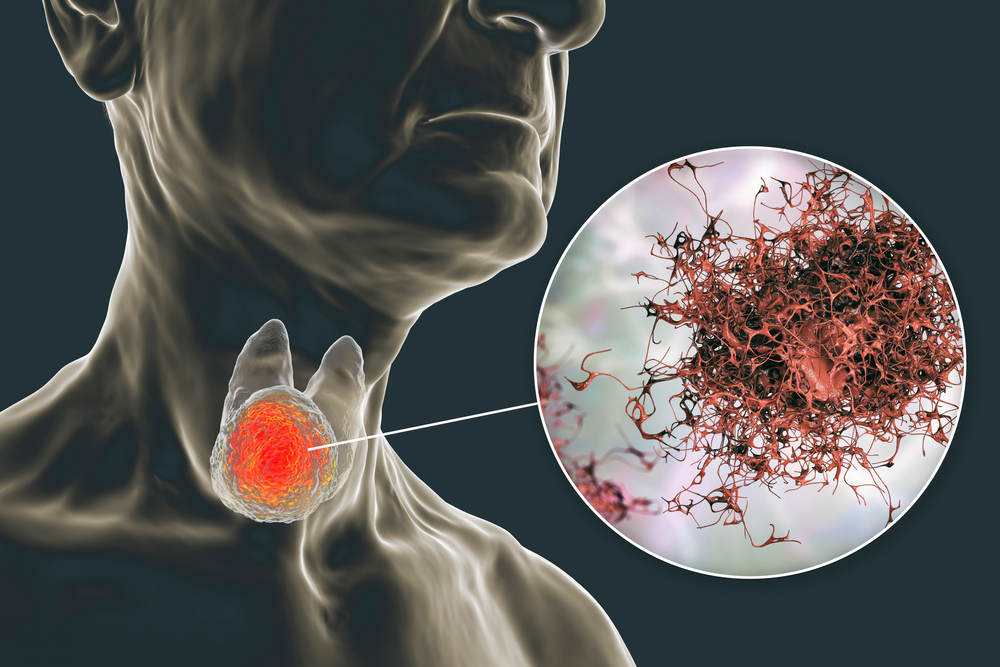How Do I Know if I Was Exposed to Paraquat?
Hundreds of paraquat lawsuits have populated state and federal court dockets. This is thanks to widespread use of the herbicide in farming and landscaping.
In these legal actions, plaintiffs allege that exposure to paraquat has either caused or increased their risk of Parkinson’s disease. Generally, the theories touch upon product liability, nuisance, and consumer law. With these common legal theories and claimed injuries, federal court paraquat lawsuits now reside in the Southern District of Illinois thanks to action from the U.S. Judicial Panel on Multidistrict Litigation.

Below, we explore how you can tell if you may have been exposed to paraquat and whether you might have a claim based on such exposure.
The Signs of Exposure to Paraquat
The ingestion of paraquat generates serious and often sudden symptoms. The Centers for Disease Control (CDC) lists among these abdominal pain, nausea, vomiting, mouth and throat burns and swelling, and failure of organs such as the heart, liver, and kidneys. Ingestion may prove fatal as paraquat damages lungs, causes fluid build-up, and interferes with breathing. Those who inhale significant amounts can suffer these serious symptoms.
You may become exposed to paraquat through mist or droplets that enter through cuts or that you inhale through your mouth or nose. This form of exposure generally does not immediately or quickly make you ill. However, researchers have concluded that paraquat increases the risk of Parkinson’s disease. Prolonged and constant contact with, inhaling of, or proximity to paraquat could result in pain, damage to skin and organs, and the cells that promote brain activity.
You might see as signs of paraquat exposure and symptoms of Parkinson’s due to inhaling particles or skin contact the following:
- Tremors, or trembling, to arms, hands, legs, jaws, and head
- Reduced swinging of arms while walking
- Shuffling of feet, short steps, and other walking difficulties
- Imbalance or lack of coordination
- Dystonia, consisting of involuntary and repetitive muscle movements resulting in twisting of the body
- Tightness or stiffness in torso or limbs
- Decreased rate of blinking eyes, or “dry eyes”
- Face-masking or diminished facial expression
- Hallucinations and delusions
- Impaired judgment, thinking, and other cognitive functions
- Depression
- Difficulty sleeping
- Loss of smell
- Significant sweating, especially in the upper body
Establishing the Risk of Exposure to Paraquat
Parkinson’s disease shares symptoms with other physical and neurological disorders. In that light, you should consider whether you have used paraquat in your work, observed spraying, or have been in close proximity to paraquat. If the above symptoms manifest themselves shortly after your contact with or presence near paraquat or its use, you may have a valid or solid reason to believe you have been exposed in a harmful way.
Agricultural Workers
Those who apply paraquat as part of their jobs or work where it is applied face the most significant risks of exposure. In this category lie employees of pest control companies, landscapers, farmers, and aircraft companies that apply pesticides for farms. For workers in these settings, paraquat makes contact with their skin, finds openings through cuts, and enters oral or nasal passageways.
Paraquat Particle Drift
Residents and those who work near fields used for cotton, corn, and soybeans face risk of inhalation from tractors and crop dusters applying paraquat. In addition to killing insects, paraquat desiccants (dries water from) and defoliates (thins leaves from) cotton and other crops.
With these operations come chances for particle drift, especially during windy conditions. Damage to plants away from the field or other target of the herbicide might help you prove particle drift to your premises. Other contributors to particle drift include high temperatures, trajectories well above-ground, dry conditions, and small droplet sizes. Finer particles of paraquat can travel several miles.
If you live or work adjacent to or near paraquat spraying, you might have a claim based on nuisance should you subsequently develop Parkinson’s or its symptoms.
Causation Defenses in a Paraquat Lawsuit
Even with paraquat exposure, you might have obstacles to qualifying for a paraquat lawsuit. Makers of paraquat might use evidence of the following to negate their product as a cause of your Parkinson’s disease.
Prior History of Parkinson’s?
You must show that the paraquat caused you to develop or increase your risk of Parkinson’s. A prior diagnosis may help paraquat makers defeat your claim of causation. To overcome this, your medical records would show a lack of any diagnosis and the absence of the symptoms consistent with Parkinson’s.
Other Risk Factors For Parkinson’s
If you fall into groups at risk for Parkinson’s, the defendants might claim that you would have contracted Parkinson’s regardless of your exposure to paraquat. Below are common risk factors not associated with paraquat:
- Age: Getting older represents the most significant contributor to the risk of Parkinson’s, with the average age at onset standing at 60 years.
- Trauma: During an automobile wreck, your head may strike the steering wheel or dashboard. Head trauma may come via severe assaults, boxing, or violently running into a wall, pole, or another object.
- Genetics: The passage of mutated genes to offspring can cause Parkinson’s. Roughly one or two out of every ten Parkinson’s cases have connections to genetics.
Diagnosing Parkinson’s Disease
Should you suspect exposure to paraquat, consider promptly obtaining a diagnosis of Parkinson’s. A physician may perform a “dopamine transporter scan.” This is because Parkinson’s disease results ultimately from the loss of cells that produce dopamine. The hormone drives brain signals that control the movements and activities of your body. From a scan, the physician might find a breakdown or loss of cells producing or containing dopamine.
Beyond a scan, your physician will rely on your medical history and review of your symptoms to determine if you have Parkinson’s disease. This will involve a physical examination of your walking, eye movements, muscle movements, and body position. Blood tests, MRIs and other imaging tests may eliminate other disorders as the cause of symptoms.
For additional information, please see our page dedicated to Paraquat Lawsuits and Parkinson’s disease.

















